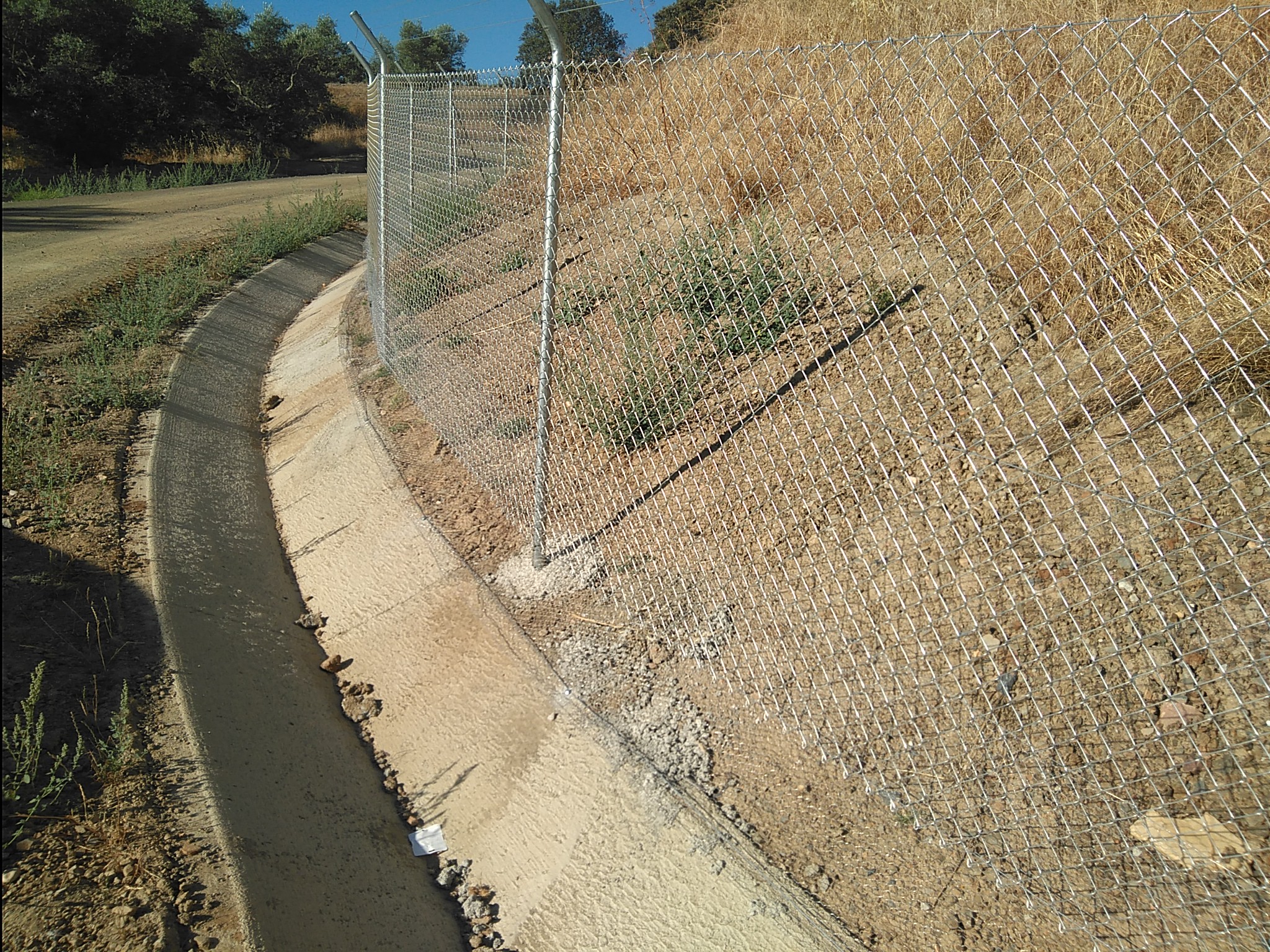New railway platform for the Arroyo de la Charca-Grimaldo section
Description of social and environmental performance.
Problem detected:
The route of the new railway platform of the Arroyo de la Charca-Grimaldo section, integrated in the Talayuela- Cáceres branch of the Madrid-Extremadura High Speed Line and with a length of 6.4 km, runs parallel to the Dual- Carriageway of Plata A-66 and the N-630 National Motorway, and has a number of viaducts, embankments and clearings, two underpasses and eight drainage works.
The vicinity of the project has an abundant presence of lagomorphs (hares, rabbits and other placental mammals, such as pikas), with a high level of mobility and capacity to dig the ground for burrows. As usual practice in linear infrastructures, in order to prevent this type of animal from entering the railway platform, the lower part of the enclosure is buried up to 40 centimetres deep in the ground. However, this burying is slow and costly, and is sometimes even not sufficient enough to prevent the entry of these small mammals.
In addition, the usual location of service roads following suitable drainage works for the crossing of wildlife interferes with the routes where these lagomorphs travel, increasing the risk of them being run over.
Solutions adopted:
Where the enclosure passes close to the ditch, a decision was taken to anchor the flap to the ground with screws, thus avoiding the need to dig a 40-centimetre-deep ditch and cover it again. In addition, in those areas where it was possible, the location of the perimeter fence was modified to bring it closer to the longitudinal ditches. Although it was not possible to implement this solution in the whole section, it was possible to significantly reduce and speed up the execution of the enclosure.
In addition, in order to reduce the risk of mammals being run over, the drainage works were slightly lengthened in order to be able to move the service roads over them and to reduce the intersections at level between the cross-sectional works and the service roads that run parallel to the track.
Results:
The solution of anchoring the perimeter fence flap to the longitudinal ditch to the track platform obtained results similar to those of the areas in which the fence was buried, but with lower cost and greater speed, without this having led to any loss of its functionality. In addition, in cases where the drainage works were designed as wildlife crossings, the risk of it being run over was reduced.
FCC is aware of the alterations produced by its activity on the environment in which it operates, although sometimes these are very limited interferences which, nevertheless, have important effects on ecosystems and biodiversity. Therefore, finding simple and efficient solutions is one of our objectives. The work on the Charca-Grimaldo section contributed to reducing the impact of habitat fragmentation that linear infrastructures have on the land.










